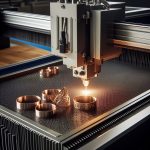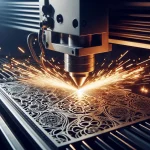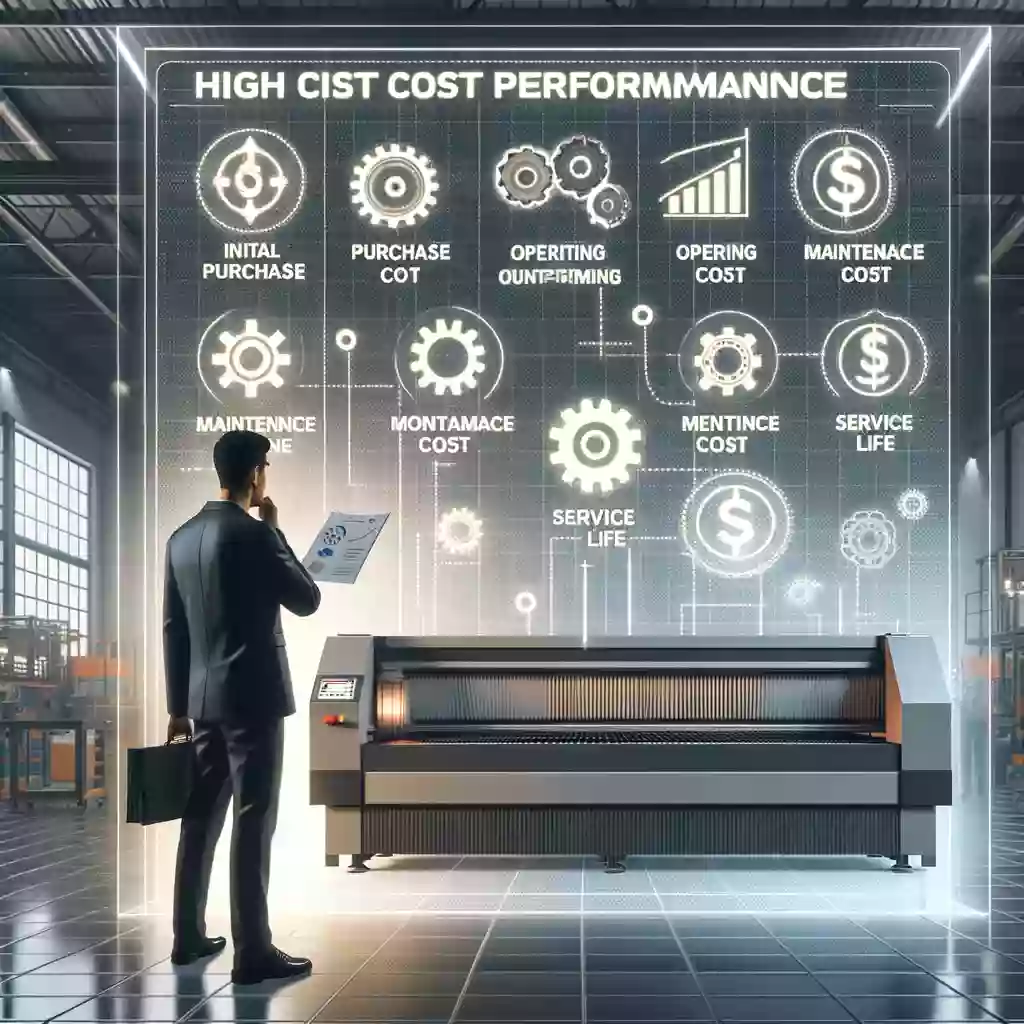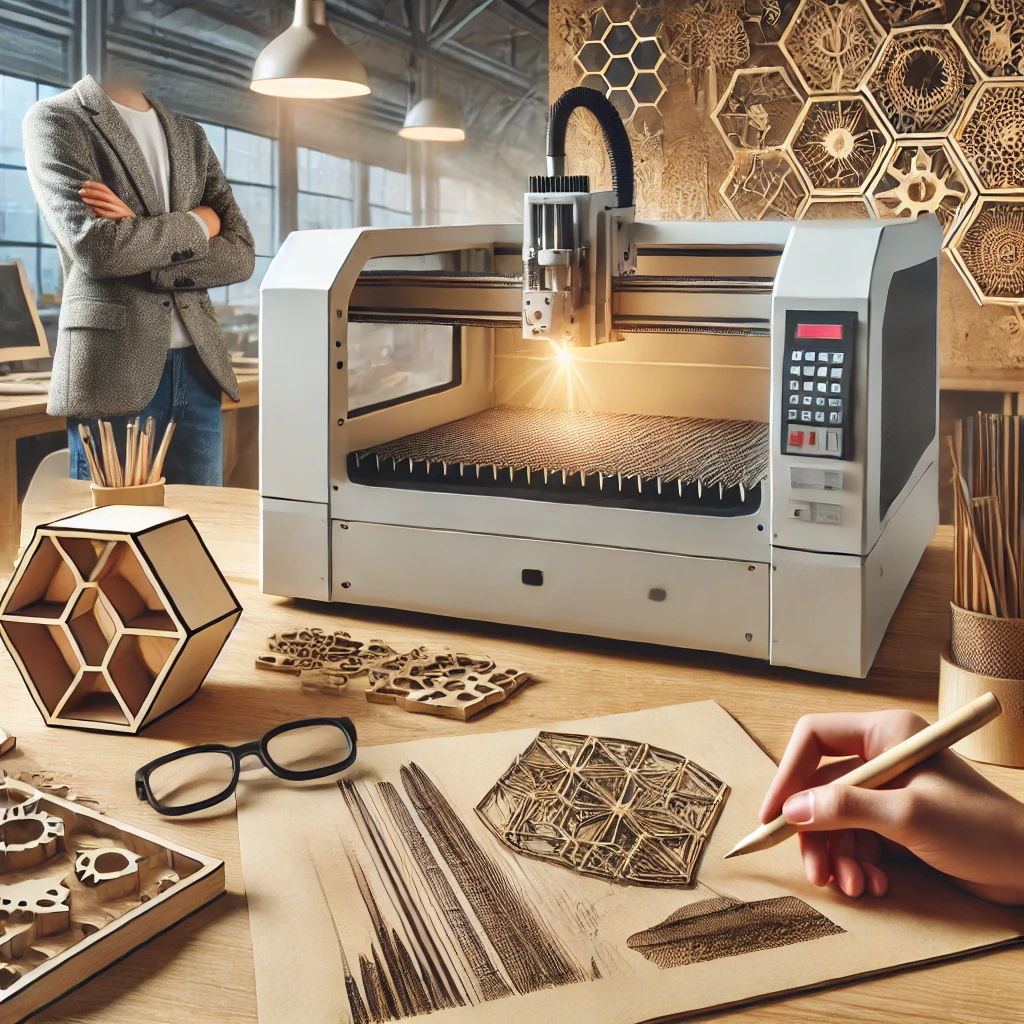Strategies for Reducing Maintenance Costs of Laser Engraving Machines
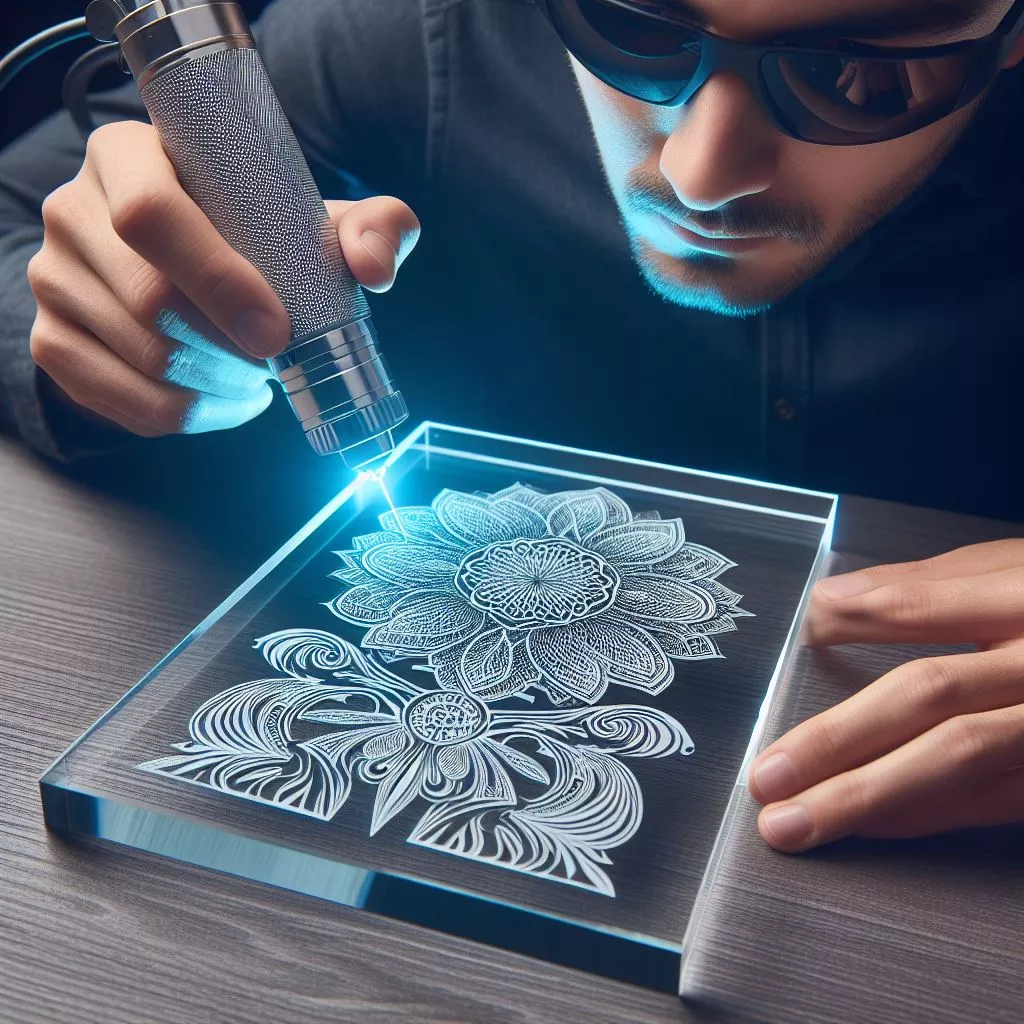
Laser engraving machines are valuable assets for various industries, offering precision and efficiency in engraving tasks. However, like any machinery, they require regular maintenance to ensure optimal performance and longevity. Maintenance costs can add up over time, affecting the overall operating expenses of businesses. In this comprehensive guide, we will explore strategies for reducing maintenance costs associated with laser engraving machines.
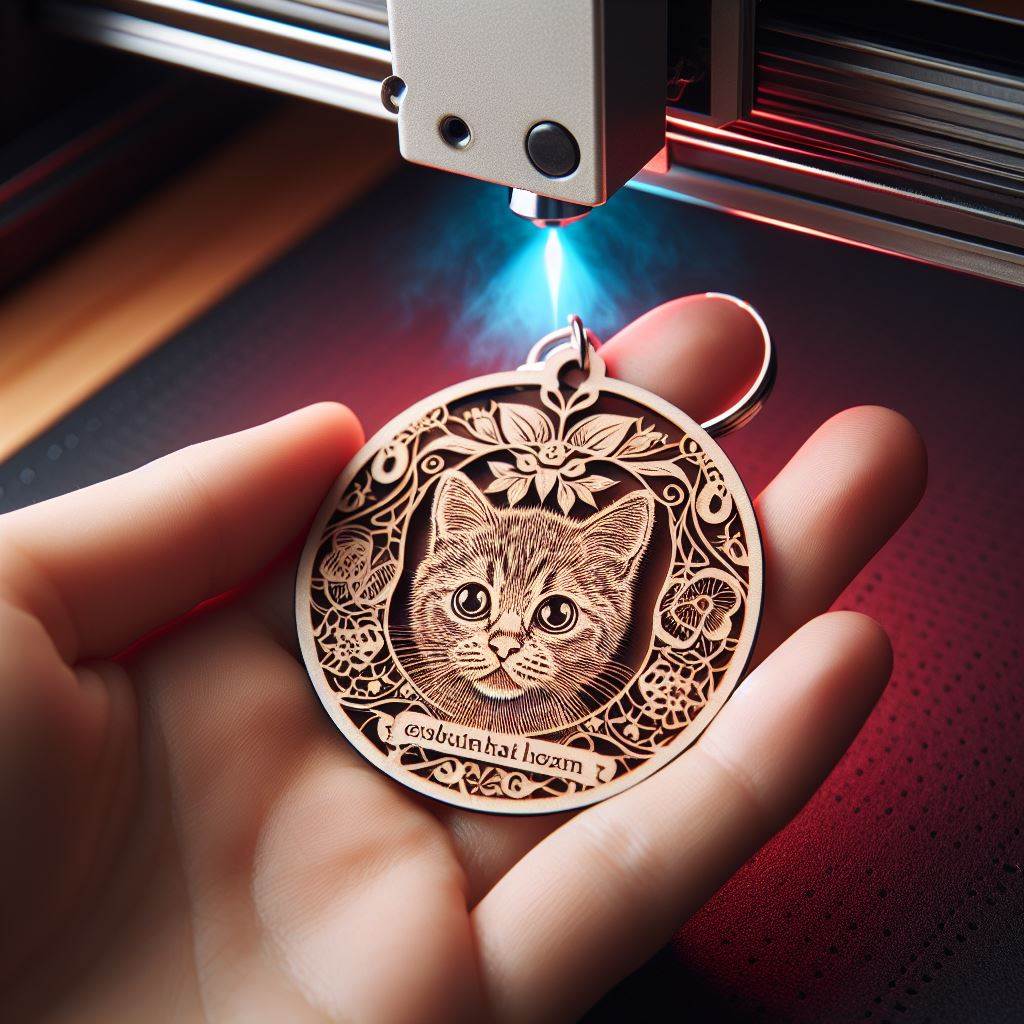
Implement Preventive Maintenance Practices
Preventive maintenance is crucial for minimizing downtime and extending the lifespan of laser engraving machines. Establish a regular maintenance schedule that includes tasks such as cleaning optics, inspecting mechanical components, lubricating moving parts, and checking electrical connections. By addressing potential issues before they escalate, you can prevent costly repairs and prolong the life of the machine.
Train Operators Properly
Proper training of machine operators is essential for minimizing maintenance costs. Ensure that operators are adequately trained in operating procedures, safety protocols, and basic troubleshooting techniques. Educate them on the importance of proper machine usage and maintenance practices to prevent unnecessary wear and tear. Well-trained operators can identify and address minor issues early on, reducing the likelihood of major breakdowns and associated repair costs.
Use High-Quality Consumables
Investing in high-quality consumables such as laser tubes, lenses, and mirrors can help reduce maintenance costs in the long run. While high-quality consumables may have a higher upfront cost, they typically offer better performance and durability, resulting in fewer replacements and repairs over time. Choose consumables from reputable manufacturers known for their reliability and consistency to ensure optimal machine performance.
Optimize Machine Settings
Optimizing machine settings such as laser power, speed, and frequency can help reduce wear and tear on components, thus lowering maintenance costs. Fine-tune the settings based on the specific material being engraved and the desired engraving depth to achieve optimal results with minimal stress on the machine. Additionally, avoid running the machine at maximum capacity for extended periods, as this can accelerate component wear and increase maintenance requirements.
Keep the Workspace Clean
Maintaining a clean and organized workspace is essential for reducing maintenance costs associated with laser engraving machines. Regularly clean the machine and its surrounding area to remove dust, debris, and other contaminants that can interfere with machine performance. Use compressed air or specialized cleaning tools to remove dirt from hard-to-reach areas, such as optical components and ventilation systems. A clean workspace promotes optimal machine operation and extends its lifespan.
Monitor Machine Performance
Regularly monitor the performance of the laser engraving machine to detect any signs of potential issues early on. Keep track of engraving quality, engraving speed, and any unusual sounds or vibrations during operation. Conduct periodic checks of critical components such as laser tubes, optics, and cooling systems to ensure they are functioning properly. By identifying and addressing issues promptly, you can prevent costly repairs and downtime.
Invest in Maintenance Contracts
Consider investing in maintenance contracts or service agreements offered by manufacturers or third-party providers. These contracts typically include regular inspections, preventive maintenance services, and discounts on repairs and replacement parts. While there is an additional cost associated with maintenance contracts, they can provide peace of mind and help predict and control maintenance expenses over time.
Train In-House Maintenance Personnel
If feasible, train in-house maintenance personnel to perform routine maintenance tasks and minor repairs on the laser engraving machine. Having skilled personnel on-site can reduce reliance on external service providers and associated service fees. Provide comprehensive training and resources to ensure maintenance personnel are proficient in troubleshooting common issues and performing maintenance procedures safely and effectively.
Conclusion
Reducing maintenance costs associated with laser engraving machines requires a proactive approach that focuses on preventive maintenance, operator training, proper equipment usage, and workspace cleanliness. By implementing strategies such as preventive maintenance practices, operator training, using high-quality consumables, optimizing machine settings, keeping the workspace clean, monitoring machine performance, investing in maintenance contracts, and training in-house maintenance personnel, businesses can minimize maintenance expenses and maximize the return on investment from their laser engraving machines.

